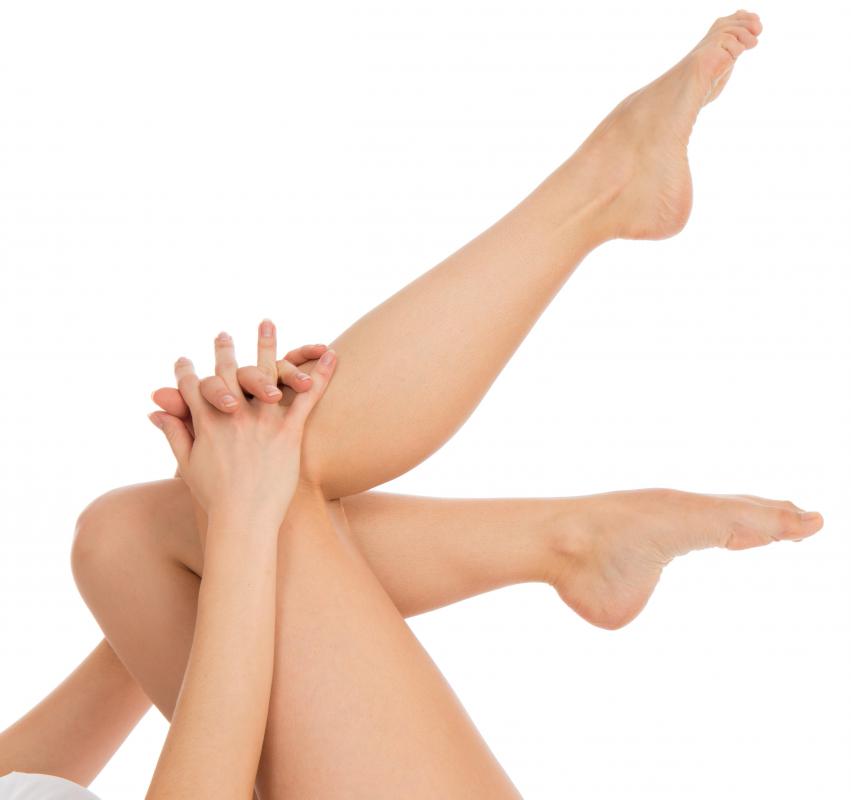At TheHealthBoard, we're committed to delivering accurate, trustworthy information. Our expert-authored content is rigorously fact-checked and sourced from credible authorities. Discover how we uphold the highest standards in providing you with reliable knowledge.
What is Focal Dystonia?
Focal dystonia is a medical condition that causes specific parts of the body to have muscle contractions, abnormal twisting, recurrent movement, or atypical postures. The movements or muscle contractions are involuntary and can be painful. The involuntary movement usually affects one muscle group, such as the arms, neck, or legs.
The symptoms of focal dystonia are related to the part of the body that is affected. For example, if the hands are the body part affected, an early symptom may be been when the person’s handwriting gets progressively worse. In other cases, if the neck muscles are affected, the person’s neck my involuntarily turn, particularly when the person is under stress. If focal dystonia affects the eyelid, she may blink quickly and at a blinding rate. Sometimes, the person’s speech is affected and there may be a slight tremor in the voice.

In most cases, focal dystonia occurs in adults. It is usually a primary condition which means that it is the only problem and is usually related to genetics; however, there are some cases where it is secondary to a larger neurological or medical problem. There are many types of focal dysotonias. Each type is related to the body part that is affected. For example, blepharospasm has an effect on the eyes; spasmodic torticollis affects the shoulders and neck; cranial dystonia affects the jaw, mouth or face; spasmodic dystonia is seen when the vocal cords are affected; and, hand dystonia, or writer’s cramp, affects the hand or forearm.

Spasmodic torticollis or cervical dystonia affects the most people out of all the types of focal dystonias. As mentioned, it affects the neck muscles. When someone is affected by cervical dystonia, the head will twist from one side to the other. Sometimes, the head may nod backward or forward, as well. Although it can present itself at anytime, it is initially seen when the person reaches middle age, in most cases.

The next most common type of focal dystonia is blepharospasm. It affects the eyelids and makes the person blink repeatedly and uncontrollably. Usually only one eye is affected at the beginning; however, after some time passes, it commonly affects both of them. Unfortunately, if both eyelids are affected, the person is blinded, even though they may have perfect vision and healthy eyes.

There is not a single treatment that will cure focal dystonia. Rather, doctors use a wide range of therapies. Their goal is to reduce the muscle spasms and the pain associated with the disorder. Some types of medications are useful, but many have side effects. Surgery is often recommended if medication does not work or if the side effects are too debilitating.
AS FEATURED ON:
AS FEATURED ON:
















Discuss this Article
Post your comments